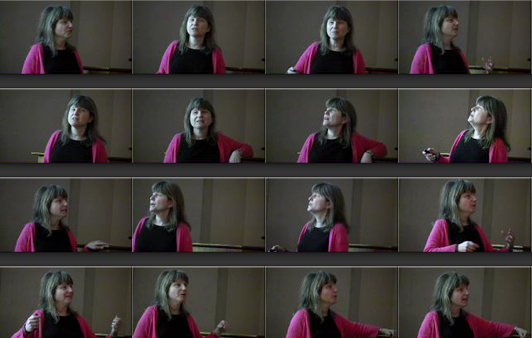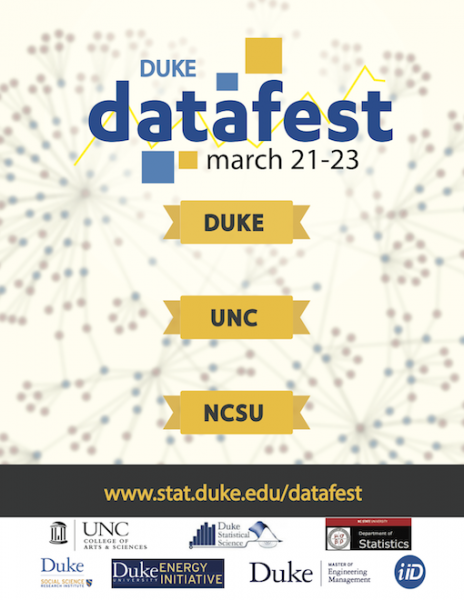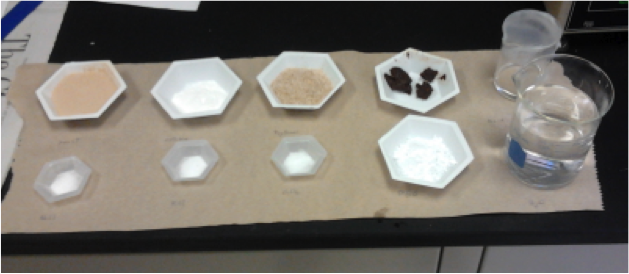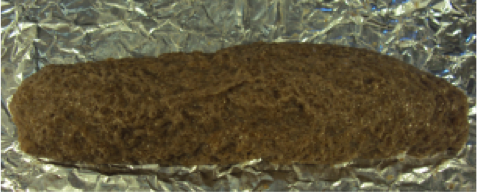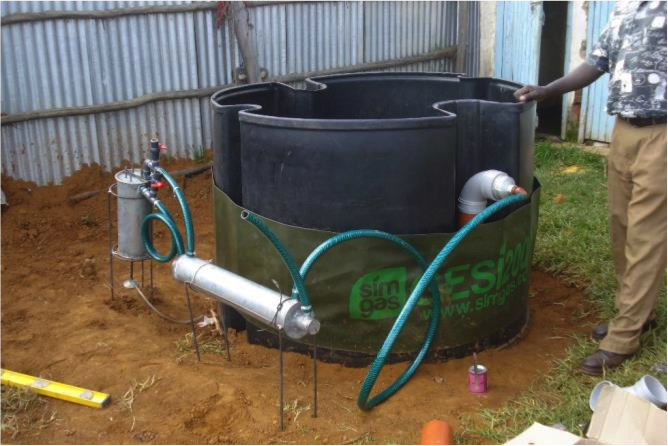
Undergraduates Ben Schwartz (left) and Amalia Cong (center) have spent the past year studying enamel evolution in the labs of Christine Wall (right) and Greg Wray (not pictured).
By Erin Weeks
The evolution of thick tooth enamel helped turn our species into hard food-chomping omnivores, and two undergraduates are taking a bite out of research to unravel how that happened. Amalia Cong and Ben Schwartz are building on the work of a recent paper that identified precisely where in the human genome natural selection worked to give our species thick tooth enamel. The original study looked only at the potential role of four genes with a known role in tooth development — so now the team is broadening their scope.
“They’re really excited to expand out and push the envelope on new genes,” said Christine Wall, associate research professor of evolutionary anthropology and one of the authors of the paper, along with professor of biology Greg Wray.
Cong and Schwartz arrived in the Wall and Wray labs last summer through a special research session at Duke, the Howard Hughes Vertical Integration Partners (VIP) Program. For ten weeks, they received a crash course in primate evolutionary genomics.
“They had very little time, and the progress they made was astounding,” Wall said. “The success that they had is really a testament to how hard they worked. This has developed into their own research.”
“We’ve begun to expand our tooth enamel gene analysis to include proteins in conjunction with the RNA in order to gain a more holistic understanding of the evolutionary differences that exist between chimpanzees and humans,” Schwartz said. He will continue to work in the lab through this summer, turning the work into a senior thesis.
“One of our goals was to look at the relative expression of these few genes,” Schwartz said, which they’ve done by comparing tooth development in primates of different ages. “Our results correlated very heavily with known functions of these genes in other animals, such as rats.”
The experience has given both students a taste for research, which they hope to continue doing after graduating from Duke. Cong, who hails from a small city outside of Toronto, will be attending dental school in the fall, while Baltimore native Schwartz is interested in pursuing a joint MD/PhD.




